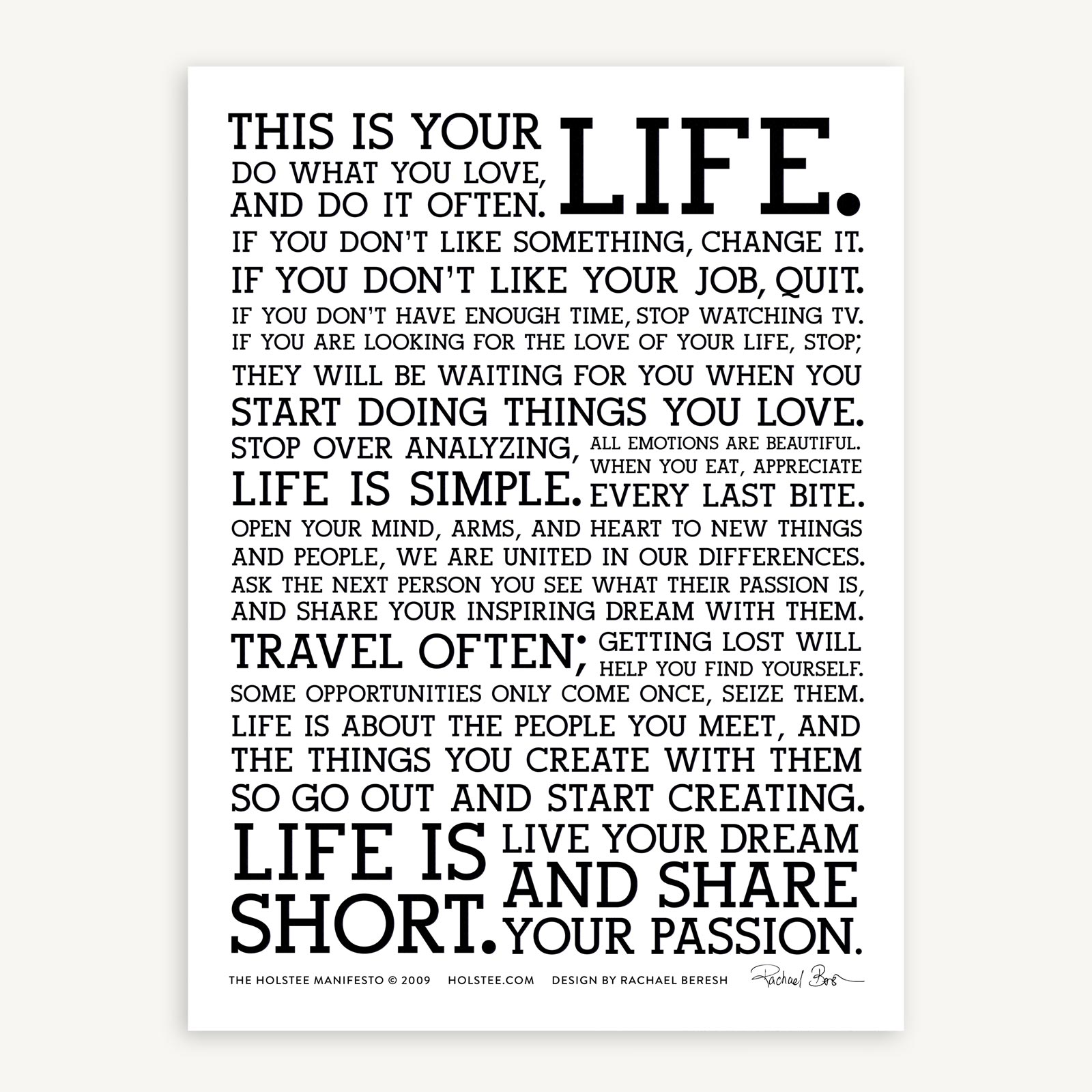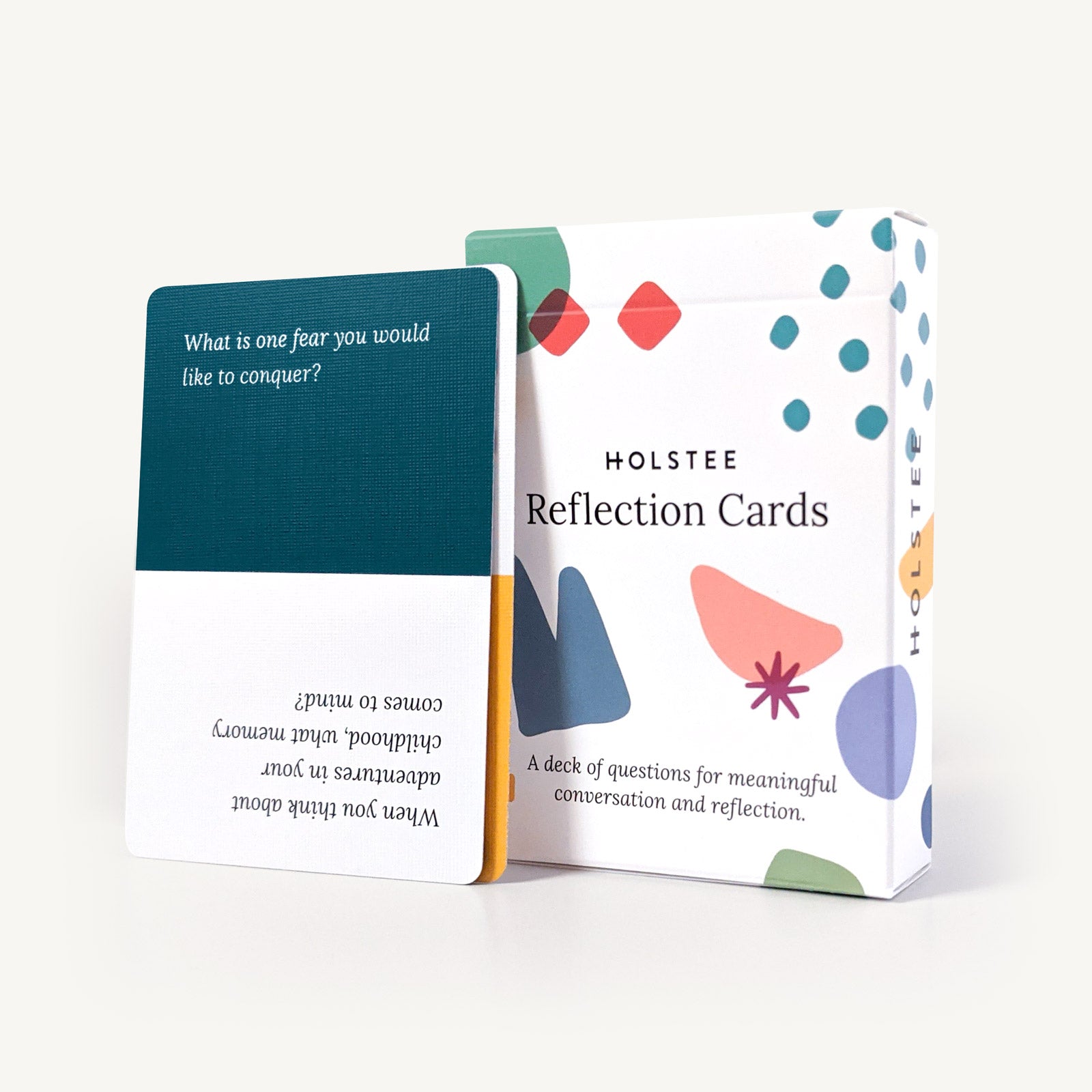Nonviolent Communication (NVC) is a powerful tool that can transform our relationships and the way we communicate with others. By embracing NVC principles and techniques, we can create a more peaceful and harmonious world. In this article, we will explore the concept of Nonviolent Communication, its key principles, the role of empathy, the language of nonviolence, its impact in personal relationships and the workplace, and how to overcome challenges in practicing Nonviolent Communication.
Understanding the Concept of Nonviolent Communication
Nonviolent Communication is a philosophy and a way of life that was developed by Marshall Rosenberg. It is based on the idea that all human beings have the capacity for compassion and empathy, and that violence and aggression arise from unmet needs. NVC aims to create a connection between people by fostering empathy, understanding, and a shared humanity.
The Philosophy Behind Nonviolent Communication
At the heart of Nonviolent Communication is the belief that every person's needs are equally important and that conflicts can be resolved through compassionate dialogue. NVC encourages individuals to focus on their own needs and the needs of others without blame or judgment. By embracing this philosophy, we can create a foundation for authentic and meaningful connections.
Key Principles of Nonviolent Communication
There are four key principles that form the foundation of Nonviolent Communication:
1. Observation: Nonviolent Communication emphasizes the importance of observing and describing the facts without evaluation or interpretation.
2. Feeling: NVC encourages individuals to identify and express their feelings, as well as acknowledging the feelings of others.
3. Need: Recognizing our needs and the needs of others is crucial to understanding our motivations and finding common ground.
4. Request: Nonviolent Communication encourages making requests rather than demands, fostering cooperation and mutual understanding.
By practicing Nonviolent Communication, individuals can cultivate a greater sense of self-awareness and empathy. This allows for more effective communication and the ability to navigate conflicts with compassion and understanding. Through the process of observation, individuals can develop a deeper understanding of the underlying causes of conflicts, enabling them to address the root issues rather than simply reacting to surface-level disagreements.
Furthermore, Nonviolent Communication promotes a shift from a mindset of blame and judgment to one of curiosity and empathy. By focusing on needs rather than assigning fault, individuals can create an environment of mutual respect and understanding. This approach encourages active listening and open dialogue, fostering a sense of connection and shared humanity.
Step 1: Share Your Observation
The first step of nonviolent communication is to simply make an observation.
What is an NVC observation? It’s a concrete description of what you perceive through your senses without any evaluation, judgment, or interpretation.
🚧 Don’t confuse an observation with a strategy.
One of the hardest parts of NVC is holding back from communicating a strategy. In NVC, strategies are action-oriented statements that often imply judgment. Observations are factual, specific, non judgemental, and time-bound.
Here are side-by-side examples of strategies and observations:
❌ Strategy: "You need to fill up the car's gas tank now."✔️ Observation: "I see that the car's gas tank is almost empty."
❌ Strategy: “You always miss deadlines."✔️ Observation: "The project deadline was missed by two days."
⚡️Tip: When making an observation, it’s best to avoid words like ‘always’ or ‘never’ and instead focus on a specific behavior or situation.
Step 2: Say What You are Feeling
After sharing your observation, the second step in NVC is to express the feeling you experience as a result.
Dr. Rosenberg emphasizes the importance of distinguishing feelings from pseudo feelings (thoughts or evaluations): "When we use the verb 'to feel' followed by a phrase that begins with 'that,' we are no longer talking about a feeling, but about a thought."
Instead, it's essential to express feelings using words that directly describe our emotions, such as "sad," "joyful," "frustrated," or "scared." This clarity helps facilitate mutual understanding and empathy.
Step 3: Express Your Need
The third component of NVC is expressing needs. In NVC, a need refers to a universal human requirement we all share, such as connection, respect, autonomy, security, and peace.
Here are some tips for expressing needs effectively:
1. Use simple, one-word needs such as "understanding," "support," "autonomy," or "physical nourishment."
2. Avoid expressing needs as strategies or specific requests. This is a common mistake which can lead to misunderstandings or resistance. For example, saying, "I need you to call me more often," is a specific request, not a need. Instead, the underlying need could be expressed as "I need connection" or "I need to feel valued in our relationship."
3. Expand your self-awareness and improve your understanding of universal human needs. See the resources below for a list of over 30 universal needs.
4. Remember that needs are shared human experiences, not specific to individuals or situations.
Step 4: Make a Request (Not a Demand)
After observing without judgment, identifying feelings, and articulating needs, the fourth and final component of the NVC framework is to make a request. This is how we suggest an actionable step to address our needs.
The request should use positive, specific language that indicates the specific action we would like to be taken rather than what we don’t want.
🚧 Caution — Express requests, not demands.
Requests come from a place of empathy and collaboration, not ultimatums. Below are two side-by-side comparisons:
❌ Demand: "You must call me every night."✔️ Request: "Would you be willing to call me tonight before bed?"
❌ Demand connected to a need: "You need to stop canceling on me." ✔️ Request: "Could we schedule a time to meet that works for you, and would you let me know at least a day in advance if plans need to change?"
The Role of Empathy in Nonviolent Communication
Empathy is a fundamental component of Nonviolent Communication. It is the ability to understand and share the feelings of another person. By building empathy, we can create deeper connections and cultivate an environment of trust and understanding.
Empathy goes beyond just listening to someone; it involves truly putting yourself in their shoes and experiencing the world from their perspective. This deep level of understanding can transform relationships and resolve conflicts in a more meaningful way.
Building Empathy Through Active Listening
Active listening is a core skill in Nonviolent Communication. It involves fully focusing on the speaker, paying attention to their words, body language, and emotions. By actively listening, we can validate the speaker's experiences and foster empathy.
Active listening also includes reflecting back what the speaker has said to ensure understanding. This reflective practice not only shows that you are engaged in the conversation but also helps the speaker feel heard and valued.
Empathy vs. Sympathy in Communication
While empathy and sympathy are often used interchangeably, they have different meanings. Empathy involves understanding and sharing the feelings of others, whereas sympathy is feeling pity for someone's situation. NVC emphasizes empathy over sympathy as it creates a deeper connection and promotes understanding.
Empathy in communication requires a genuine effort to connect with others emotionally, whereas sympathy can sometimes create a sense of distance between the parties involved. By fostering empathy through Nonviolent Communication, individuals can build stronger relationships based on mutual respect and understanding.
The Language of Nonviolence
The words we use have a profound impact on our ability to communicate and connect with others. In Nonviolent Communication, language is considered a powerful tool to express our needs and emotions in a way that fosters empathy and understanding.
Nonviolent Communication, also known as NVC, was developed by Marshall Rosenberg in the 1960s. It is based on the idea that all human beings have the capacity for compassion and empathy. NVC emphasizes active listening, empathy, self-expression, and the use of language to resolve conflicts peacefully.
Identifying and Expressing Feelings
In Nonviolent Communication, it is essential to be aware of our own feelings and to express them honestly. By effectively communicating our emotions, we enable others to understand us better and create space for compassionate dialogue.
When identifying and expressing feelings, NVC encourages individuals to use "I" statements to take ownership of their emotions. For example, instead of saying, "You make me feel angry," one could say, "I feel frustrated when this happens." This shift in language helps to avoid blaming others and promotes personal responsibility.
Making Requests vs. Making Demands
Nonviolent Communication encourages making requests rather than demands. A request is a sincere expression of our needs, while a demand can create conflict and resistance. By making requests, we invite collaboration and focus on finding mutually beneficial solutions.
Requests in NVC are specific, actionable, and considerate of the other person's needs. They are framed in a way that allows the other party to respond willingly, rather than out of obligation or fear. This approach fosters a sense of partnership and cooperation, leading to more harmonious relationships and effective problem-solving.
The Impact of Nonviolent Communication
Nonviolent Communication has a profound impact on both personal relationships and the workplace. By embracing NVC principles, we can foster healthier and more fulfilling connections with others.
Nonviolent Communication, often abbreviated as NVC, is a communication approach developed by Marshall Rosenberg. It is based on the idea that all human beings have the capacity for compassion and empathy. NVC focuses on expressing feelings and needs, rather than placing blame or judgment. This approach aims to create a safe space for open and honest dialogue, where individuals can truly understand each other.
Nonviolent Communication in Personal Relationships
In personal relationships, Nonviolent Communication can transform conflicts into opportunities for understanding and growth. By actively listening, expressing needs, and making requests, we can create a supportive and caring environment.
When practicing NVC in personal relationships, individuals learn to communicate with empathy and authenticity. This leads to deeper connections, increased trust, and a sense of mutual respect. By acknowledging and validating each other's feelings and needs, conflicts are less likely to escalate into destructive arguments. Instead, NVC encourages partners to work together towards finding mutually satisfying solutions.
Nonviolent Communication in the Workplace
Nonviolent Communication also has significant applications in the workplace. By practicing NVC, colleagues can enhance teamwork, resolve conflicts, and improve communication. This leads to increased productivity and a more positive work environment.
Implementing NVC in the workplace fosters a culture of understanding and collaboration. When employees feel heard and valued, they are more motivated to contribute their best work. By encouraging open dialogue and empathy, NVC can help resolve conflicts peacefully and build stronger relationships among team members. This ultimately creates a harmonious work environment where individuals feel supported and respected.
Overcoming Challenges in Nonviolent Communication
While Nonviolent Communication is a powerful tool, it is not without its challenges. However, with practice and dedication, these challenges can be overcome.
Dealing with Negative Emotions
One of the challenges in Nonviolent Communication is dealing with negative emotions effectively. By acknowledging and expressing our feelings in a compassionate manner, we can create space for understanding and resolution.
It is important to recognize that negative emotions are a natural part of the human experience and should not be suppressed. In Nonviolent Communication, we are encouraged to embrace our emotions with empathy and understanding, allowing us to address the root causes of our feelings and communicate them in a way that promotes connection rather than conflict.
Navigating Difficult Conversations
Difficult conversations can be challenging, but Nonviolent Communication provides a framework to navigate them effectively. By embracing empathy, active listening, and seeking understanding, we can transform challenging conversations into opportunities for growth and connection.
When faced with a difficult conversation, it is essential to approach it with an open mind and a willingness to listen. Nonviolent Communication teaches us to suspend judgment, cultivate curiosity, and create a safe space for all parties to express their thoughts and emotions freely. By practicing these principles, we can foster mutual respect and understanding even in the midst of conflict.
In conclusion, Nonviolent Communication is a powerful approach to communication that can enhance our relationships, foster empathy, and create a more peaceful world. By understanding the concept, embracing the key principles, utilizing the language of nonviolence, and recognizing its impact, we can overcome challenges and cultivate more compassionate connections with others.









